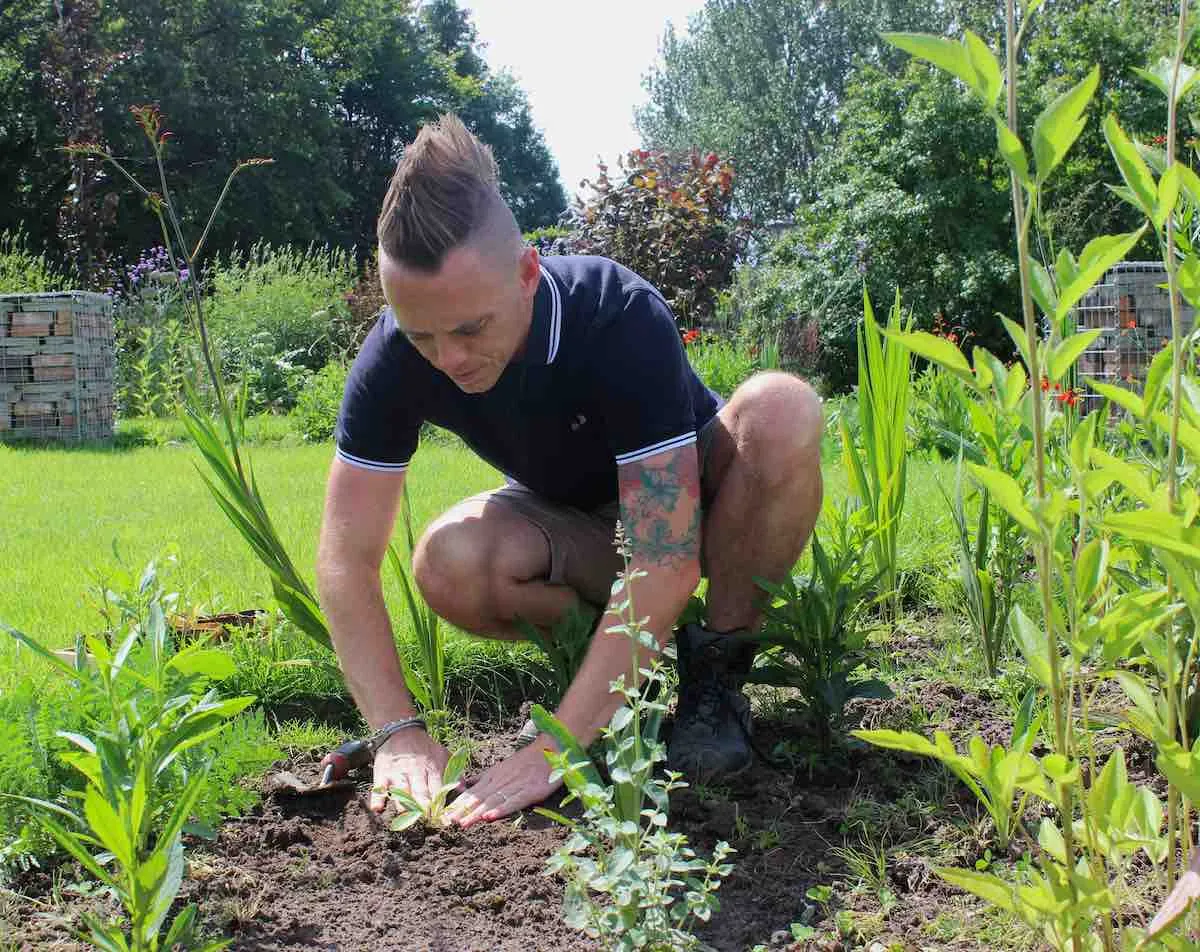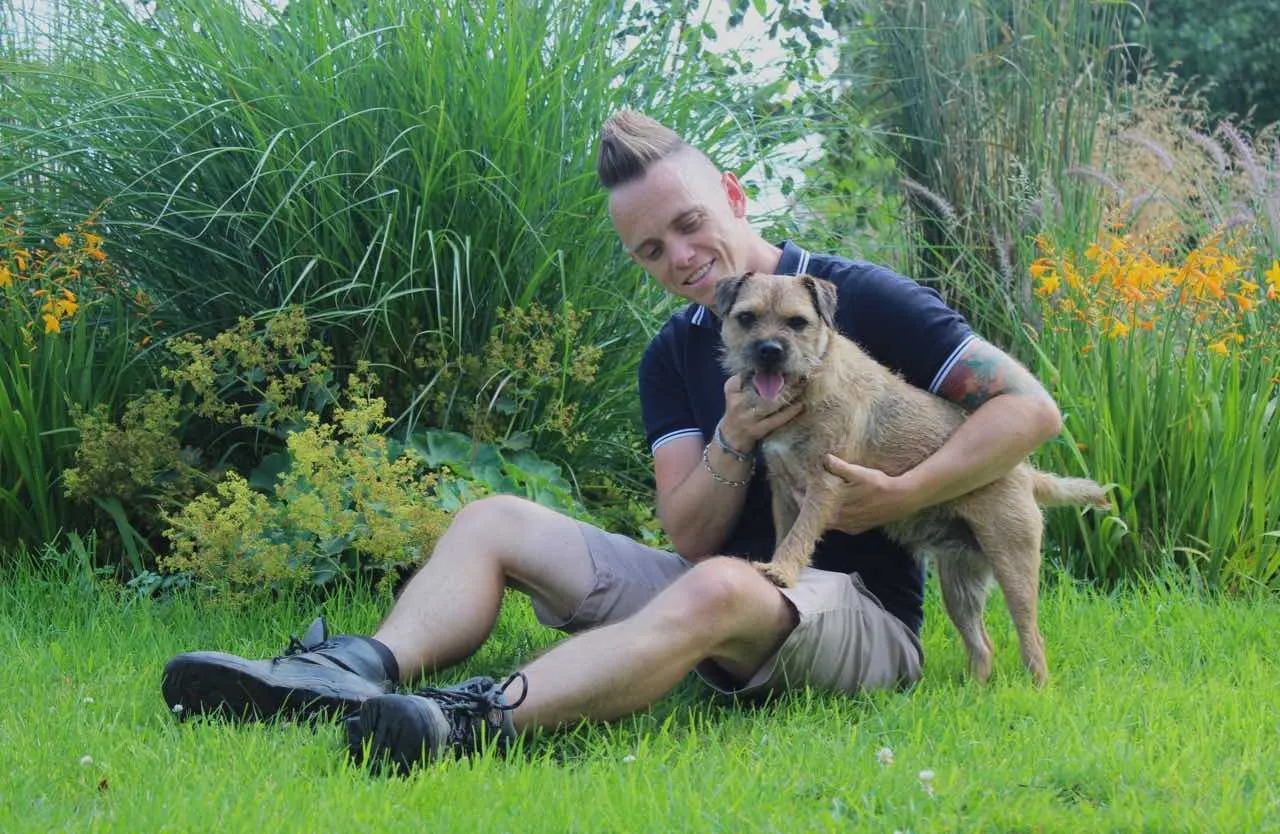Hi @kathrynt
Right, let's get your blackcurrant bushes sorted! Moving these fruiting shrubs is absolutely doable, but timing is everything if you want them to thrive in their new spot.
The Golden Rule: Wait Until Winter If You Can
Ideally, you'd want to wait until your blackcurrants are completely dormant, which happens between late November and early March. This is when they've shut down for winter, dropped their leaves, and aren't putting energy into growth or fruiting. Moving them during dormancy means minimal transplant shock and gives them the best possible start in their new location. Winter moving is always my preferred approach for any fruiting shrub.

When Needs Must: Summer Moving is Possible
However, I completely understand that sometimes life doesn't wait for the perfect gardening calendar! Whether you're moving house, redesigning the garden, or dealing with building work, sometimes you simply have to move plants when it's not ideal. The good news is that blackcurrants are fairly resilient shrubs, and with the right approach, you can successfully move them during the growing season.
Preparation is Everything
If you absolutely must move your blackcurrants now, preparation becomes absolutely critical. Give them a proper soaking the day before you plan to lift them. This is their last established drink before being uprooted, and it dramatically improves your chances of success. I always tell people to think of this as the plant's final feast before the stress of moving.
Consider Containerising First
For out of season moves, I'd strongly recommend containerising your blackcurrants rather than planting them straight into their final positions. Pop them into large containers with good quality multipurpose peat free compost. This gives you much more control over their recovery conditions whilst they get over the shock of being moved. You can then plant them out properly when winter arrives and conditions are more favourable.
The Aftercare That Makes All the Difference
Here's where most people go wrong with summer moves - they don't water enough! Newly transplanted blackcurrants need daily watering for at least the first two to three weeks, possibly longer in hot weather. I'm talking proper soaking, not just a sprinkle. You literally cannot overwater them during this critical recovery period. It's far better to err on the side of too much water than too little.
What to Expect
Don't be alarmed if you see some leaf drop or reduced vigour this season. That's completely normal when moving established shrubs outside their dormant period. Your blackcurrants are simply focusing their energy on developing new roots rather than producing fruit. They should bounce back strongly next year with proper care.
Remember, whilst winter moving is always preferable, blackcurrants are tough old things when treated with respect. Just be prepared to put in the extra effort with watering and monitoring during their recovery period.
Further Reading
For more detailed guidance on moving shrubs and fruit care, check out these other guides:
Shrub Moving & Care:
Fruit Pruning Guides:
Best of luck with your move, and don't hesitate to give a shout if you need any more help!
Lee Garden Ninja
Hi @kathrynt
Right, let's get your blackcurrant bushes sorted! Moving these fruiting shrubs is absolutely doable, but timing is everything if you want them to thrive in their new spot.
The Golden Rule: Wait Until Winter If You Can
Ideally, you'd want to wait until your blackcurrants are completely dormant, which happens between late November and early March. This is when they've shut down for winter, dropped their leaves, and aren't putting energy into growth or fruiting. Moving them during dormancy means minimal transplant shock and gives them the best possible start in their new location. Winter moving is always my preferred approach for any fruiting shrub.

When Needs Must: Summer Moving is Possible
However, I completely understand that sometimes life doesn't wait for the perfect gardening calendar! Whether you're moving house, redesigning the garden, or dealing with building work, sometimes you simply have to move plants when it's not ideal. The good news is that blackcurrants are fairly resilient shrubs, and with the right approach, you can successfully move them during the growing season.
Preparation is Everything
If you absolutely must move your blackcurrants now, preparation becomes absolutely critical. Give them a proper soaking the day before you plan to lift them. This is their last established drink before being uprooted, and it dramatically improves your chances of success. I always tell people to think of this as the plant's final feast before the stress of moving.
Consider Containerising First
For out of season moves, I'd strongly recommend containerising your blackcurrants rather than planting them straight into their final positions. Pop them into large containers with good quality multipurpose peat free compost. This gives you much more control over their recovery conditions whilst they get over the shock of being moved. You can then plant them out properly when winter arrives and conditions are more favourable.
The Aftercare That Makes All the Difference
Here's where most people go wrong with summer moves - they don't water enough! Newly transplanted blackcurrants need daily watering for at least the first two to three weeks, possibly longer in hot weather. I'm talking proper soaking, not just a sprinkle. You literally cannot overwater them during this critical recovery period. It's far better to err on the side of too much water than too little.
What to Expect
Don't be alarmed if you see some leaf drop or reduced vigour this season. That's completely normal when moving established shrubs outside their dormant period. Your blackcurrants are simply focusing their energy on developing new roots rather than producing fruit. They should bounce back strongly next year with proper care.
Remember, whilst winter moving is always preferable, blackcurrants are tough old things when treated with respect. Just be prepared to put in the extra effort with watering and monitoring during their recovery period.
Further Reading
For more detailed guidance on moving shrubs and fruit care, check out these other guides:
Shrub Moving & Care:
Fruit Pruning Guides:
Best of luck with your move, and don't hesitate to give a shout if you need any more help!
Lee Garden Ninja
 Lee Burkhill: Award Winning Designer & BBC 1's Garden Rescue Presenters Official Blog
Lee Burkhill: Award Winning Designer & BBC 1's Garden Rescue Presenters Official Blog



